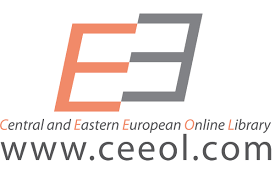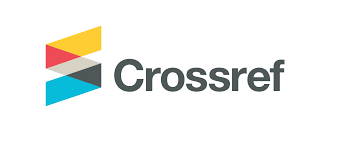Work and unemployment – techniques of involving young people in the work process according to two successful and one unsuccessful model
Keywords:
work, unemployment, youth, Belgium, France, MacedoniaAbstract
Modern societies as written by Habermas “are founded on labor”. The labor is the foundation of the social order. It determines the position of the individual within the society. The work itself continues to be the primary means of survival and it takes an essential place in the life of the individual. The work marks one norm, a full social idea, review of factual situation. The concept of labor which we possess represents at least one dual feature. On one hand, it is a factor of emancipation and on the other, a source of possible frustration and torture. However, the third dimension is connected with the unemployment. Just like in the developed countries, the increase of unemployment in the post-communist democracies created massive unemployment which testifies for the deregulation on the labor market. Ifan analysis of the causes for such a situation refers on the traditional ideological split of economy analyses, animated policies for reduction of unemployment promoted majority of solution and strategies that gave minor results, especially in western Balkan countries. In this direction we will compare the national strategies for decrease the unemployment in two countries members of EU, the kingdom of Belgium as one of the themost successful countries in this domain and the Republic of France, which is eight times bigger than thanBelgium and represents the engine of EU along with Germany. On the other hand, we will also try to analyze the National Strategy for unemployment of the Republic of Macedonia as a country candidate for membership in the EU, but a country in transition too, and its rate of unemployment is one of the most unpopular amongst the states of Western Balkans that many national Governments faced with, starting from the independence until today, however, without any significant success.
Downloads
Downloads
Published
Issue
Section
License
The journal allows the author(s) to hold the copyright without restrictions.
The journal allows the author(s) to retain publishing rights without restrictions.










